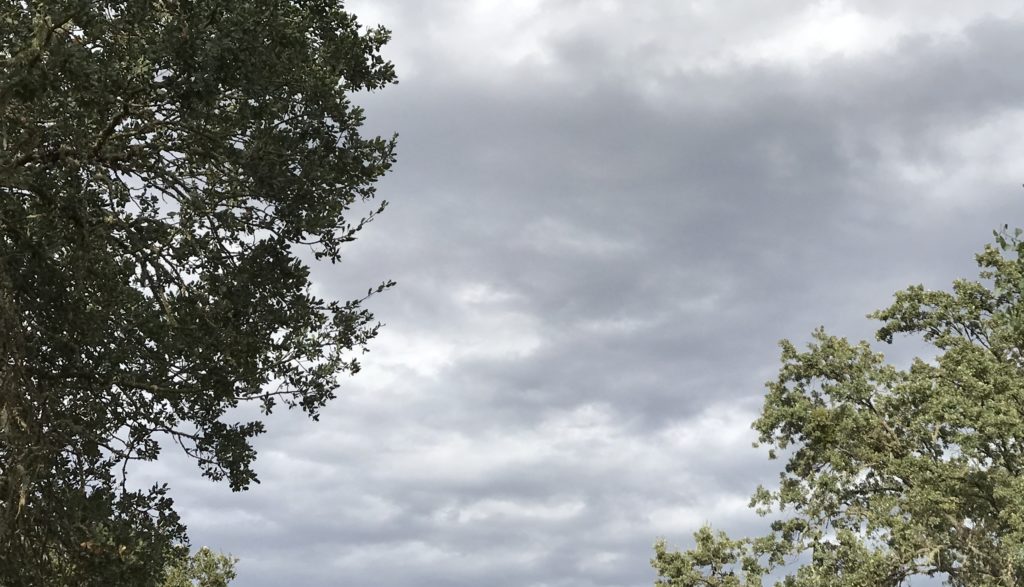After a wet month, SLO County rainfall totals well above average
December 31, 2022

By KAREN VELIE
Another atmospheric river is dumping rain on San Luis Obispo County, and pushing rainfall totals well above average after three years of drought.
During the past 24 hours, the storm brought between .02 of an inch in Shandon to 1.89 inches in Rocky Butte – a mountain northeast of Cambria. The storms have left many areas of the county with almost double the average amount of rainfall from July 1through Jan. 1, according to averages listed on the SLO County monthly precipitation reports.
Climate scientists track rain from July 1 through June 31. Typically, January is the wettest month in SLO County with December, February or March vying for second place.
In Templeton, the county reports the average rainfall from July 1 through Jan. 1 at 4.87 inches. Since July 1, Templeton has already received 9.35 inches of rain, almost double the average amount during those months.
Even so, the last three years were the driest on record. San Luis Obispo County remains with drought conditions ranging from moderate to extreme, according to the U.S. Drought Monitor.
Rainfall totals from July 1 through Dec. 31, along with average yearly rainfall:
Arroyo Grande – 10.01 inches to date – average 14.09 inches
Atascadero – 7.52 inches to date – average 12.06 inches
Lopez Dam – 13.52 inches to date – average 18.48 inches
Los Osos – 10.33 inches to date – average 15.77 inches
Nipomo – 7.31 inches to date – average 12.62 inches
Oceano – 8.77 inches to date – average 12.26 inches
Rocky Butte – 31.51 inches to date – average 34.75 inches
San Luis Obispo – 8.34 inches to date – average 16.82 inches
San Simeon – 10.97 inches to date – average 15.12 inches
Santa Margarita – 12.03 inches to date – average 16.96 inches
Shandon – 6.32 inches to date – average 8.44 inches
Templeton – 9.35 inches to date – average 13.05 inches






The comments below represent the opinion of the writer and do not represent the views or policies of CalCoastNews.com. Please address the Policies, events and arguments, not the person. Constructive debate is good; mockery, taunting, and name calling is not. Comment Guidelines